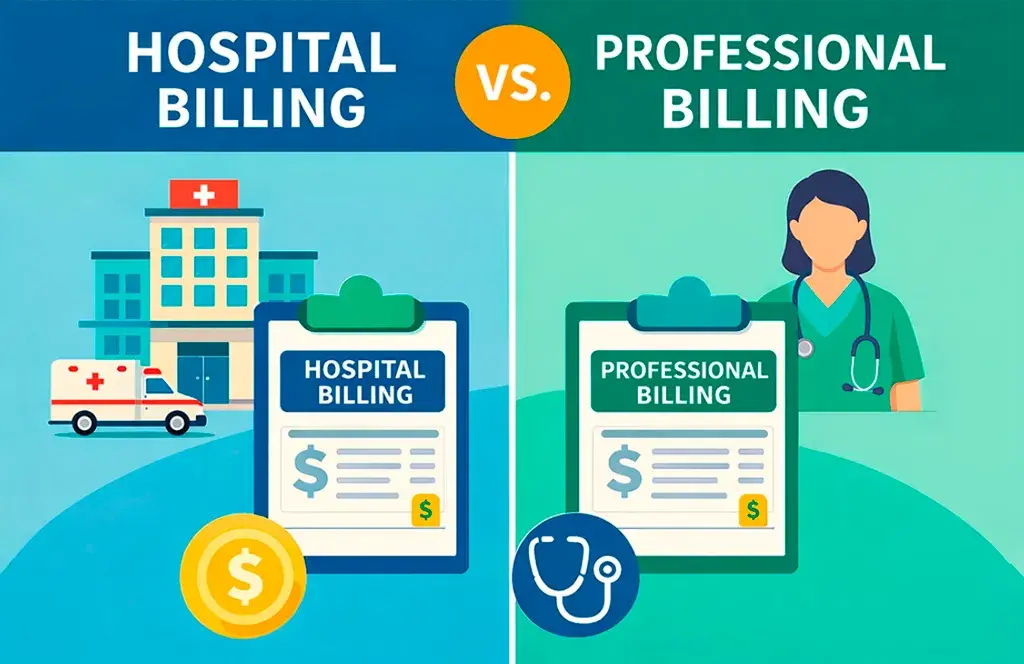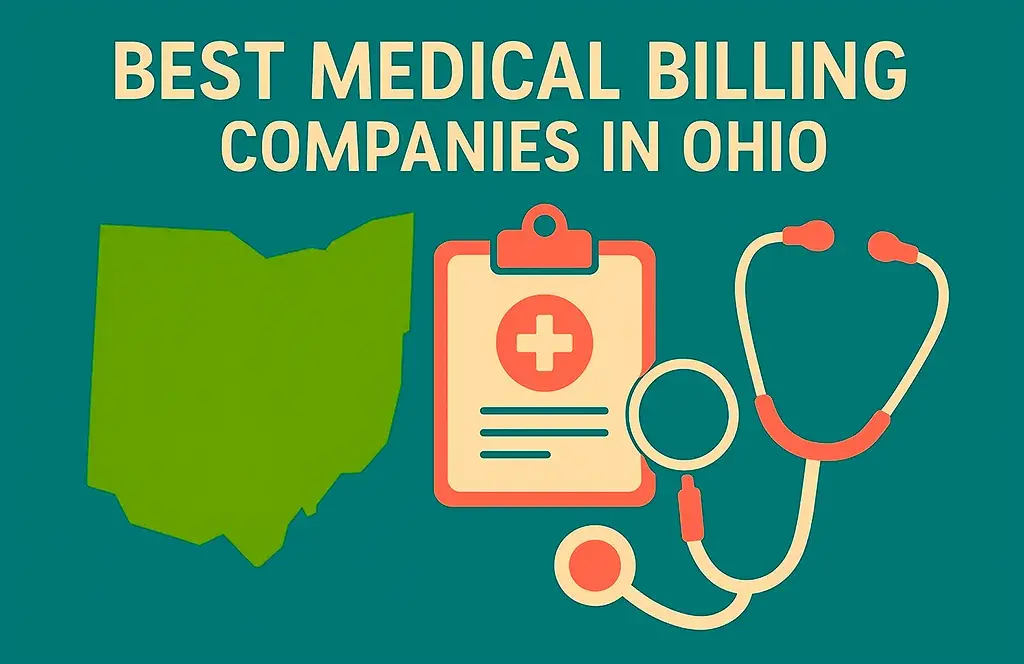Table of Contents
ToggleWhat Is Automated Medical Billing?
Automated medical billing refers to the use of software and technology – often powered by robotic process automation (RPA) or artificial intelligence (AI) – to replace manual billing workflows. These tools can:
- auto-populate claims
- assign ICD/CPT codes based on provider notes
- verify insurance eligibility in real time
- flag missing or incorrect data before claim submission
Automated billing solutions reduce the need for manual data entry and ensure greater consistency in claims processing.
Benefits of Automated Medical Billing
Fewer errors and denials
Automation minimizes the manual input of patient data and codes, reducing common errors that cause claim rejections. Accurate claims mean fewer resubmissions and quicker payouts.
Reduced overhead and costs
Automated billing helps cut staffing needs, reduces time spent on training, and lowers operational costs. Administrative teams can be redeployed toward higher-value work like appeals and follow-ups.
Faster reimbursements
Automation allows clinics to submit clean claims faster and track them through each phase of the revenue cycle. That means shorter payment cycles and improved cash flow — a direct benefit of adopting automated billing systems.
Better patient experience
By automating statements, reminders, and eligibility checks, patients get fewer billing surprises. They also get answers faster, leading to more satisfaction and trust.
What Can Be Automated in Medical Billing?
Claims and Charge Capture
Automated medical billing tools can extract diagnosis and treatment data from clinical notes and create superbills automatically.
Insurance Verification
Automated eligibility checks confirm a patient’s coverage before services are rendered, reducing denials and ensuring reimbursement.
Coding Assistance
AI-based coders help select accurate CPT and ICD codes by analyzing structured and unstructured patient data. This is a key feature in automated medical billing systems.
Claim Submission and Tracking
Once a claim is created, automated tools submit it to payers and monitor the adjudication status in real time.
Payment Collection and Reminders
From digital invoices to follow-up reminders, automation ensures better collections and fewer write-offs — essential parts of any automated billing workflow.
Challenges of Implementing Billing Automation
Transitioning to automation brings significant benefits, but it also comes with real-world challenges that clinics must plan for. Identifying these barriers early helps ensure smoother adoption and better outcomes.
-
Legacy EHR systems – Many older systems don’t support integration with modern billing automation tools.
-
Staff resistance to change – Teams may push back on new workflows without proper training or incentives.
-
High upfront costs – Initial setup fees, licensing, and onboarding can strain tight clinic budgets.
-
HIPAA compliance concerns – New platforms must align with strict privacy and security regulations.
-
Lack of a reliable partner – Choosing a trusted provider like Swift Medical Billing ensures guidance, compliance support, and seamless implementation.
How to Get Started with Medical Billing Automation
Implementing automation may feel overwhelming, but breaking it into smaller steps makes the process manageable. Start by evaluating your current workflow and identifying the areas where automation will have the biggest impact.
-
Audit your current billing workflow: Map each stage of the billing process to spot bottlenecks, delays, or repetitive manual steps.
-
Identify the most repetitive, error-prone tasks: Focus on activities like charge capture, coding, and claim edits that consume staff time and increase risk.
-
Research tools that integrate with your EHR: Choose solutions that work seamlessly with your existing system and maintain HIPAA compliance.
-
Start small – one module at a time: Begin with something low-risk, such as automated eligibility checks or code suggestions.
-
Train your staff and iterate: Build trust and confidence by rolling out automation in phases, paired with proper training and feedback loops.
-
Work with a trusted provider like Swift Medical Billing: Our team ensures a smooth transition with tailored solutions, tech integration, and continuous support.
Future Outlook
Automated medical billing isn’t a trend – it’s the foundation of modern revenue cycle management. Clinics that adopt automated billing can save time, increase collections, reduce denials, and improve both staff productivity and patient satisfaction.
Want help implementing automated billing? Swift Medical Billing can support your transition from manual to modern. Contact us to learn more.




